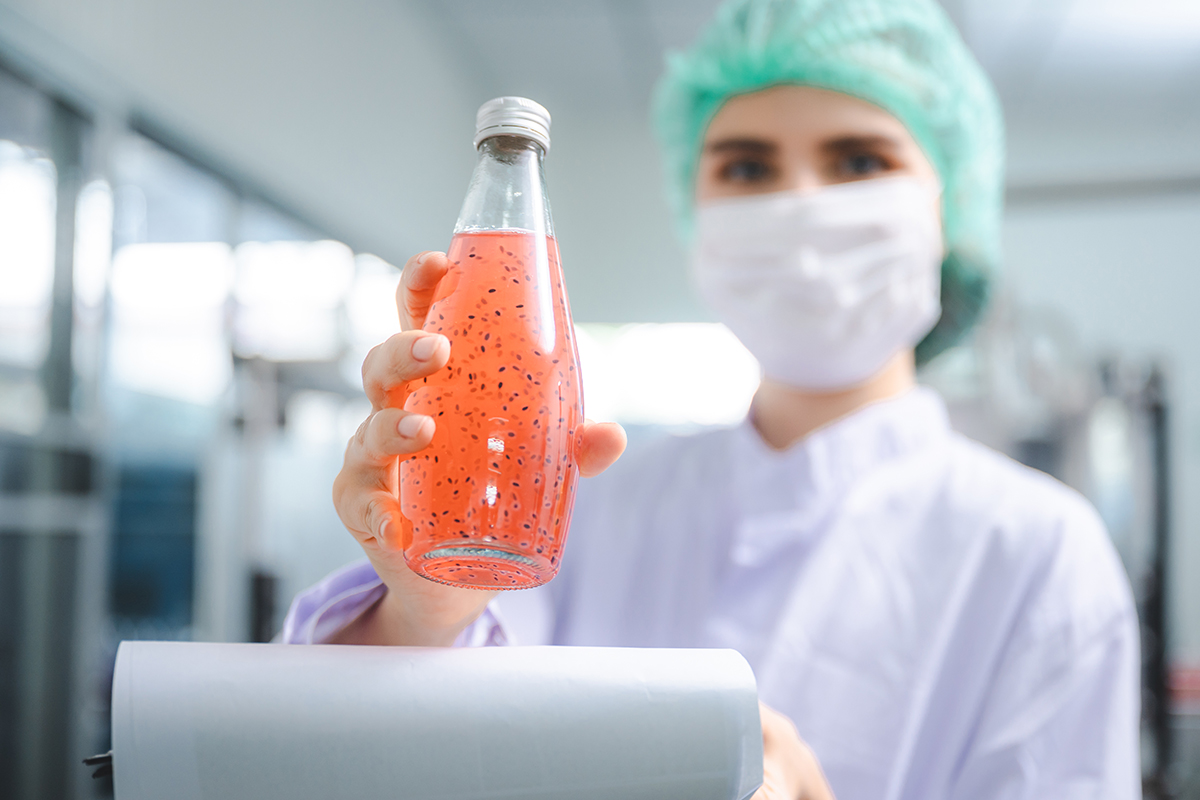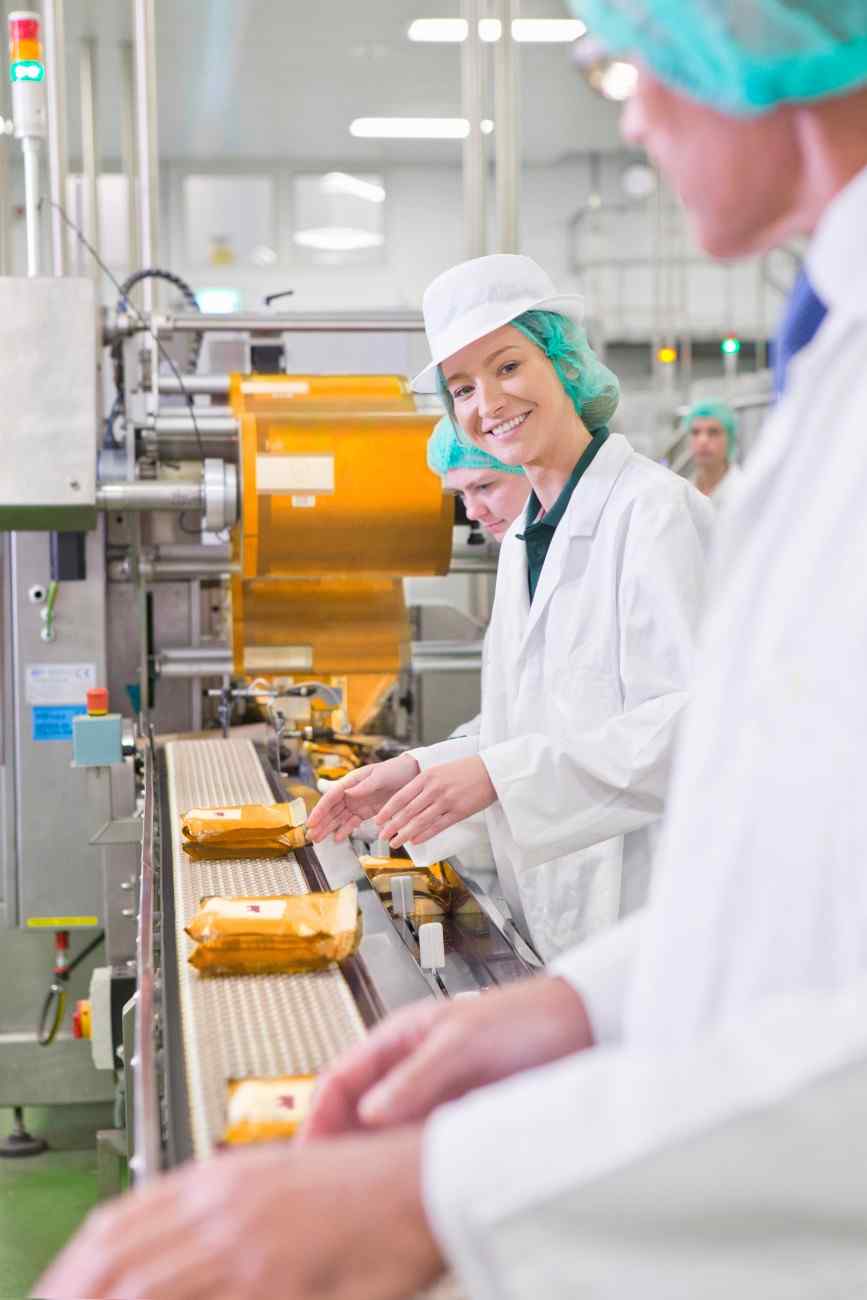Last Updated on April 11, 2025 by Admin
Table of Content
- The recent support as mentioned
- Some of the terminologies to follow around here
- The practical principles revolving around HACCP
- The ultimate steps to follow
Hazard Analysis Critical Control Points, also known as HACCP, is a major system that offers a promising framework for monitoring the entire food system. Right from harvesting to the final consumption, HACCP is mainly used for reducing any risk related to food-borne illness.
The system is solely designed to identify and further control the potential issues before they can even take place. As mentioned in the Model Food Code, the FDA has recommended the HACCP system to be the preventive measure that is most effective to ensure that the food items remain safe. The HACCP application is solely based on scientific and technical principles that will assure safe food.
So, from the points mentioned above, you will find your answer on what is HACCP in food industry. Our team from FICSI is ready to help you explore the understanding in a better way!
The recent support as mentioned:
At present, the food industry is supporting the use of HACCP along with its principles to be the best system available to reduce and then prevent food-borne illnesses. HACCP was first ever developed and used in the late 1950s by the Pillsbury Company to offer safe food items for America’s space program.
- All other states and federal regulatory agencies have currently adopted the HACCP approach.
- Starting 1998 January, all the seafood processors who ship their items across state lines were asked to have the HACCP plans right in their place.
- Even after that, in 1998, the USDA started to work with the HACCP plans for the meat and poultry processing centers.
- Most of the local and state food regulatory agencies have currently based their inspections on the HACCP principles and might need these plans for specified food.
- Currently, the food safety educators like the one from us at FICSI are focusing on the HACCP principles as the basis for educational programs.
The HACCP in food industry is noted to have 7 different steps used for monitoring the food as it moves from the establishment. It can either be from the food service operational channel or the food processing plant. These 7 steps are likely to address the analysis and then control the chemical, biological, and physical hazards well!
Some of the terminologies to follow around here
Before you proceed further and get along with HACCP, we would like to showcase some of the major terminologies and their meaning you are surely going to come across around here. Those points are listed below for your reference.
Critical Control Point: It is a practice or a procedure associated with food handling or preparation. It is used for reducing, eliminating, or preventing hazards. It is a step in the process at which control measure(s) is applied to prevent or reduce a significant food safety hazard to an acceptable level
Hazard: It is mainly used for determining the unacceptable contamination, toxins presence, microbial growth, or survival of microorganisms. These are some major concerns in the food safety arena.
Monitoring: This term is used to check and determine if the criteria established by the critical control points can be proficiently achieved.
Risk: It is a term to determine the probability that any condition might lead to a potential hazard.
Severity: We will determine this term to mark the seriousness of the consequences in case any hazard takes place.
Make sure to learn a bit more about these points before you get to finalize using these terms while dealing with HACCP principles. We will let you know more about these terms once you have enrolled in our course modules from FICSI.
The practical principles revolving around HACCP:
HACCP principles will always adapt 7 steps into a form that can always be applied in any non-commercial setting. These 7 steps are likely to deal with issues of proper cooking and cooling process, which are some of the major reasons behind food-borne illness. So, looking for the HACCP food safety right from the get-go and understanding more about the principles is important. You can count on us at FICSI for a better understanding of the steps.
- For the simplified and focused application of the HACCP principles and to make them effective in reducing the risk of food-borne illnesses, SOP (Standard Operating Procedures) should be developed.
- These SOPs will consist of basic sanitation, personal hygiene, and food storage at the proper temperature and under strict guidance.
- It is mandatory to develop SOPs after taking the type of foods into consideration, which will be prepared during the food labs.
- Here, we will talk about the number of students who are going to be associated with the entire food preparation activity and also the form of equipment that can be used.
- Indeed, the SOPs can further be listed in a checklist form, which can further be checked off as every item is properly accomplished.
The ultimate steps to follow:
There are some potential steps that you need to follow in order to focus on the HACCP principles well. Those points are listed below for your reference now.
- At first, you have to review the menu and then highlight the potentially hazardous items.
- Then it is time to review recipes that will include potentially hazardous foods and then highlight the problem ingredients.
- It should include major temperatures and times in procedures or the recipes.
- Make sure to check the food temperature during preparation, holding, cooking, and the final cooling phase.
- In case the required temperature is not met, we will ask you to make the necessary correction at the same time.
- Now, it is time for you to check if all the above-mentioned steps have been followed. This is the verification point.
- Lastly, you need to record the time and the temperatures in your notebook or create a chart.
Now you know what HACCP actually stands for and the importance it holds in the food safety category. Learn more about it by clicking at FICSI.
Read Also – 7 principles of HACCP – Detailed guidance













